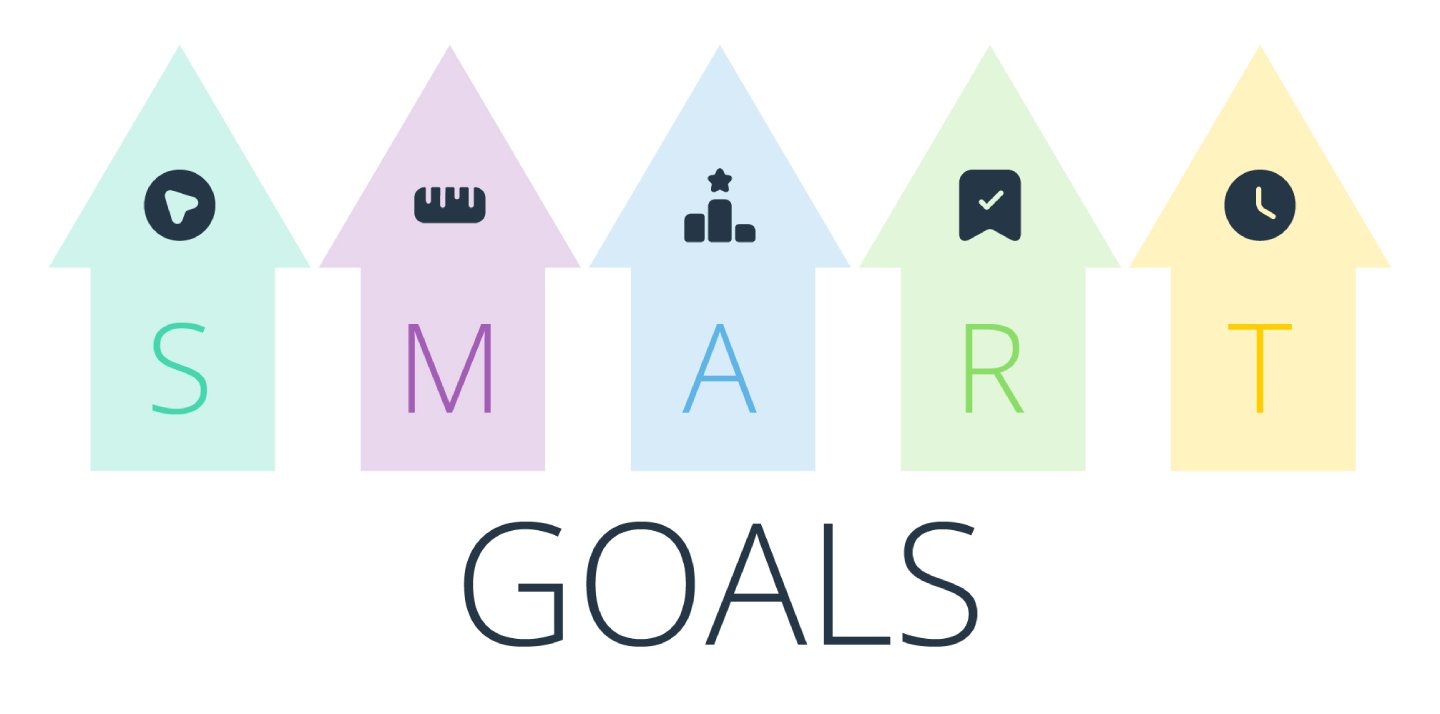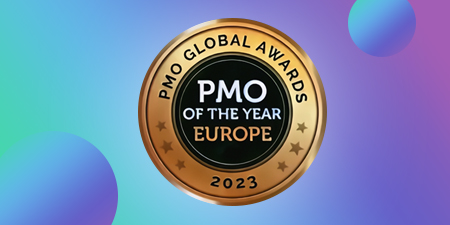Effective program management makes all the difference. That’s because program managers (PMs) don’t just manage one project after another; they orchestrate a collection of interconnected projects in pursuit of overarching strategic goals. This guide offers practical advice and program management best practices to help you drive meaningful results.
What is program management and why does it matter?
Program management is the art of coordinating multiple related projects to deliver on strategic objectives. While project management focuses on individual initiatives, program management takes a wider view. Program managers oversee a portfolio of projects and make sure they stay aligned with broader business goals. This holistic approach ensures efficient resource use, effective risk management, and active engagement across stakeholders and vendors.
Program management best practices deliver organization-wide benefits, including:
- Strategic alignment. Making sure everyone’s daily work directly contributes to the overall business strategy.
- Resource optimization. Preventing wasted effort and ensuring resources are allocated where they’re needed most.
- Proactive risk management. Identifying and mitigating potential problems before they derail progress.
- Tangible business value. Delivering measurable results and demonstrating a clear return on investment.
At Intellias, we take the processes of program management far beyond frameworks and templates. Our project management office (PMO) employs practical tools and tailored methods to empower your program managers with best practices in program management.
Best practices for effective program management
Poor planning, scattered information, and inconsistent communication can derail even the most well-intentioned programs. Successful program management starts like any successful program with a well-defined vision. While every program management office will look a little different, these eight core program management best practices will apply in any organization.
| 1. Establish a clear vision and objectives | 2. Centralize information and communications | 3. Plan out stakeholder engagement | 4. Embrace Agile program management practices |
| 5. Develop a proactive risk management strategy | 6. Optimize resource management | 7. Measure program success | 8. Continuously improve processes |
1. Establish a clear vision and objectives
Steps to take:
- Create a program charter. Outline the program’s scope, objectives, key stakeholders, and success metrics.
- Host collaborative workshops. Bring stakeholders together to discuss expectations and ensure a shared understanding.
- Use Objectives and Key Results (OKRs). Link program goals directly to overall strategic objectives.
- Regularly review objectives. Revisit and adjust objectives as needed to keep up with changes to the business landscape.
With the program management office’s (PMO) vision clearly articulated and aligned with the organization’s strategic goals, you can start building out the PM function.
2. Centralize information and communication
Steps to take:
- Utilize collaborative platforms. Getting everyone on the same page with tools like Confluence, SharePoint, or dedicated project management software can streamline communication, facilitate document sharing, and enhance team collaboration.
- Create a dynamic program dashboard. Keep everyone informed and aligned with a real-time dashboard that gives a visual overview of key metrics, milestones, and potential risks.
- Maintain meticulous documentation. Keep critical documents like risk registers, issue logs, and resource plans up-to-date and easily accessible.
Communication is a central theme across program management best practices, so it’s important to plan for information sharing from the outset. Keeping all program-related information in a central repository will set the stage for successful program management.
3. Plan out stakeholder engagement

Steps to take:
- Develop a stakeholder map. Identify all key stakeholders, analyze their influence and interests, and document their communication preferences.
- Establish two-way communication channels. Implement regular communication updates and actively solicit feedback from stakeholders. This creates a feedback loop that ensures alignment and addresses concerns proactively.
- Address concerns head-on. Don’t shy away from difficult conversations. Proactively address any conflicts or misalignments to maintain trust and prevent issues from escalating.
Once again, best practices in program management boil down to communication. Building trust and securing buy-in from key stakeholders is foundational to program success. Be proactive and transparent to clarify roles and responsibilities and set appropriate expectations.
4. Embrace agile program management practices
Steps to take:
- Implement incremental delivery. Break down the program into smaller, manageable phases or deliverables. This will enable faster feedback loops and quicker value delivery.
- Conduct regular check-ins. Set short, focused meetings, like daily stand-ups, to keep teams aligned, identify roadblocks, and facilitate quick problem-solving.
- Apply Agile frameworks. For larger, more complex programs, consider adopting Agile frameworks like SAFe (Scaled Agile Framework) to provide structure and guidance.
Agile methodology, first used for software development, takes an iterative approach to project management by focusing on delivering value incrementally and fostering collaboration. Program managers who adopt Agile principles across project types set themselves up for greater flexibility and can respond better to change.
5. Develop a proactive risk management strategy
Steps to take:
- Identify risk early. Engage project teams and stakeholders early in the process to identify potential risks. Brainstorming sessions and risk workshops can be valuable tools.
- Prioritize and categorize risks. Not all risks are created equal. Prioritize risks based on the chance they will occur and the potential impact if they do.
- Make contingency plans. For high-priority risks, develop detailed contingency plans that outline specific actions to take if the risk materializes.
While it’s impossible to eliminate all risk, program managers who anticipate risks and lay the groundwork to mitigate potential impacts will minimize disruptions and improve program continuity.
6. Optimize resource management
Steps to take:
- Monitor resource allocation. Track and analyze resource utilization to identify any bottlenecks and avoid overload.
- Invest in team development. Enhance your teams’ skills and capabilities with training and development opportunities.
- Align budgets with priorities. Allocate financial resources to the most critical initiatives first.
Resource optimization is the most important opportunity for a program manager to shine. Allocating resources to achieve project schedules as efficiently as possible is the key to accomplishing multiple projects on time and within budget.
7. Measure program progress

Steps to take:
- Define SMART Key Performance Indicators (KPIs). Write Specific, Measurable, Achievable, Relevant, and Time-bound (SMART) KPIs that align with program objectives.
- Conduct regular program reviews: Analyze program performance, identify areas for improvement, and document lessons learned.
- Recognize and reward achievements: Motivate teams by publicly acknowledging the contributions of individuals and teams to foster a culture of recognition.
Measuring program success is about more than documenting metrics. Make sure you’re measuring the right things for each project, and celebrate milestones to boost team morale and provide insights into program performance.
8. Continuously improve processes
Steps to take:
- Capture lessons learned: Conduct a “lessons learned” session after each program phase or completion to document what worked well and what could be improved.
- Solicit feedback: Regularly gather feedback from team members and stakeholders to find opportunities for process improvement.
- Stay informed about best practices: Keep up with industry standards and best practices to make sure your program management approach doesn’t fall behind.
It’s often said that in the grand scheme, the only real failure is one you don’t learn from. Lessons learned can make success sweeter, too. Evaluate program management practices regularly to identify inefficiencies, implement improvements, and codify new best practices. This will optimize your program management best practices for your organization’s unique needs.
Tools to simplify program management
Whether you develop your own platform or buy technology off the shelf, the right tools can transform how PMs manage complexity. Here’s a quick guide to essential software for every stage of program management:
| Category | Purpose | Tools |
|---|---|---|
| Program Management Software | Centralizes planning, executing, and monitoring across multiple projects within a program. These platforms help keep projects aligned with organizational goals, simplify resource optimization, and streamline communication across stakeholders. | |
| Collaboration Platforms | Enables real-time communication, document sharing, and team collaboration across locations and departments. Collaboration tools improve team cohesion, foster innovation, and keep everyone up-to-date on project progress and deliverables. | |
| Risk and Dependency Management | Helps identify, assess, and manage risks and dependencies that could impact project or program success. These tools help PMs create contingency plans, improve decision-making, and make it easier to mitigate disruptions. | |
| Agile Management Tools | Supports iterative project methodologies such as Scrum or Kanban to help teams manage backlogs, track progress, and adapt to changes quickly. Agile tools enhance flexibility, transparency, and delivery speed in dynamic project environments. | |
| Reporting and Analytics Tools | Generates actionable insights from program data, tracks key performance indicators (KPIs), and provides stakeholders with clear visualizations of program progress and outcomes. Reporting and analytics tools facilitate informed decision-making and improve accountability. | |
| Knowledge Management Platforms | Serves as a repository for storing, organizing, and sharing critical knowledge, documentation, and lessons learned across teams and projects. These platforms preserve institutional knowledge and make it available for continuous improvement. |
Intellias Program Management Framework
At Intellias, we understand that every organization’s challenges are unique. That’s why our award-winning project management and program management experts develop tailored solutions to suit your organization’s needs.
The Intellias IDEAbook Program Management Framework delivers:
- Industry best practices. We incorporate methodologies like PlayBook (Intellias internal standard), PMBOK, PRINCE2, and SAFe to establish robust processes.
- Practical insights. We provide actionable guidance specific to your industry based on years of hands-on experience.
- Customizable templates. Our framework includes pre-built templates and tools that you can adapt to meet your organization’s requirements.
- Technical enablement. We help organizations integrate cutting-edge technologies for seamless program execution.
Key features of the Intellias program management framework
- Customizable process design. Programs vary in scope and complexity. We provide relevant agile templates and guidelines to fit processes to your specific program needs.
- Integrated tools and techniques. We use the best available tools to help you manage dependencies, track progress, and analyze data so you can make informed decisions.
- Program management best practices repository: Over the years, Intellias has accumulated a wealth of lessons learned. We’ve built a library of case studies, checklists, and playbooks to help guide your program managers through real-world scenarios.
- Scalable governance: We designed our governance model to adapt to program size, complexity, and organisational structure so you can optimize oversight without unnecessary bureaucracy.
- Human-centric approach: Our framework emphasizes the human aspect of program management to foster collaboration, team alignment, and stakeholder trust.
The Intellias experience
Brainstorm, a pioneering eLearning provider, serves millions of professionals across the USA, Europe, Asia, and Australia. The company originally partnered with Intellias for team augmentation to build their flagship QuickHelp product. On seeing how our client-centric, collaborative, process-oriented approach to project management supported the QuickHelp team’s growth, BrainStorm started delegating more and more project management functions to Intellias.
Read the full story: From Team Augmentation to Software Delivevry Powerhouse
Transforming program management with Intellias
For teams that are already stretched thin, it’s a real challenge to help project managers hit the ground running, establish a unified structure across distributed teams, and gain the real-time insights needed for continuous improvement. We developed the Intellias Program Management Framework to help organizations streamline PM onboarding, foster collaboration, and gain visibility.
Ready to professionalize your program management approach? Let Intellias PMO Services help you implement tailored solutions to meet your strategic goals.




